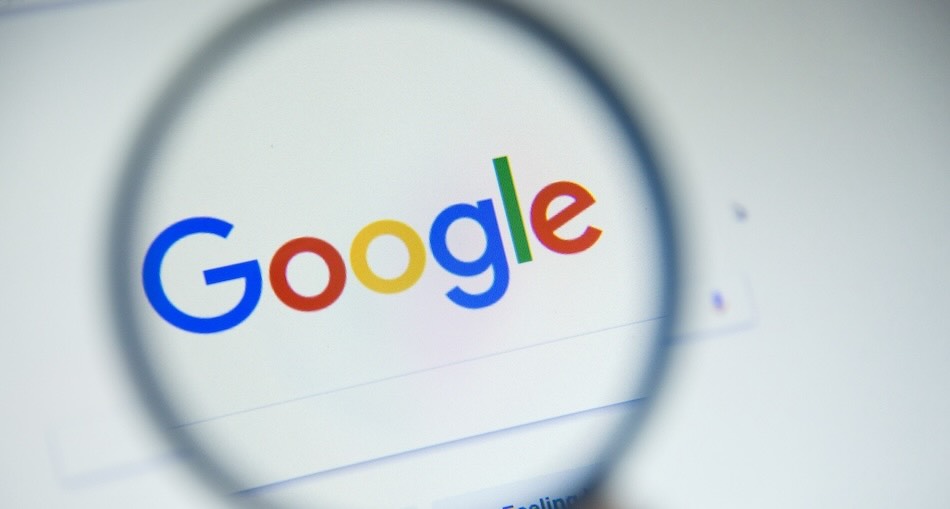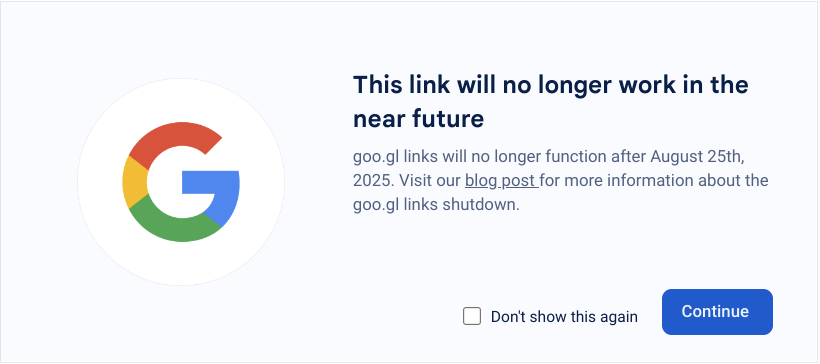
Google has announced that its URL Shortener service will officially stop functioning, marking the end of an era for the popular link shortening tool. The shutdown, scheduled for August 25, 2025, follows the initial deprecation announcement made in 2018.
The Google URL Shortener, launched in December 2009, quickly became a widely used tool for creating concise, shareable links. However, with the rise of other URL shortening services and changes in how users navigate the web, Google announced the deprecation of its service in 2018. The company ceased accepting new URLs for shortening but continued to support existing links until now.
In an announcement posted late last week, Google’s engineers Sumit Chandel and Eldhose Mathokkil Babu outlined the phased discontinuation plan and its implications for users.
End of service timeline
Any developers currently using links created with Google URL Shortener in the form of https://goo.gl/* will be affected. These shortened URLs will cease to function and no longer return a response after the specified shutdown date. Key dates and actions include:
- August 23, 2024: Start of the interstitial page display for a percentage of goo.gl links, notifying users of the upcoming service termination.
- August 25, 2025: Complete shutdown of the service, with all goo.gl links returning a 404 response.
The transition will begin with some goo.gl links displaying an interstitial page starting August 23, 2024. This page will alert users that the link will no longer be supported after August 25, 2025, before redirecting them to the target page. The percentage of links showing this interstitial will gradually increase until the shutdown date.

The interstitial page is designed to help developers track and adjust affected links. However, it may cause disruptions in link functionality, particularly with other 302 redirects or embedded social metadata. Developers are advised to transition their links promptly to avoid these issues.
To mitigate disruptions, developers can suppress the interstitial page by adding the query parameter si=1 to existing goo.gl links. This temporary fix is intended to provide smoother transitions for those impacted by the change.
Google encourages developers to transition their shortened links to alternative services as soon as possible to minimize disruptions. For those needing assistance, Google offers support through Firebase Support.
As the shutdown date approaches, it is crucial for developers to review and update their use of goo.gl links to ensure continued functionality and user experience. This proactive approach will help mitigate the impact of the service discontinuation.
“Cutting” the shorteners
Google's decision to discontinue the service entirely reflects broader trends in internet usage and the emergence of new navigation tools. Over the past decade, there has been a significant shift towards more integrated and versatile ways of sharing and managing links. Modern browsers, social media platforms, and messaging apps have developed their own systems for shortening URLs and embedding rich previews, reducing the need for standalone URL shortening services.
Additionally, security concerns have played a role in this shift. Shortened URLs can obscure the final destination, making it easier for malicious actors to use them for phishing attacks or to spread malware. This has led to an increased emphasis on transparency and safety in link sharing, with services incorporating more robust security measures and clear indications of the destination URL.






I haven’t been able to use Google Shortener (to create a shortened url) for many years now. How is that some users were still able to have it function?
And aside from tinyurl, what are some reliable url shorteners out there?